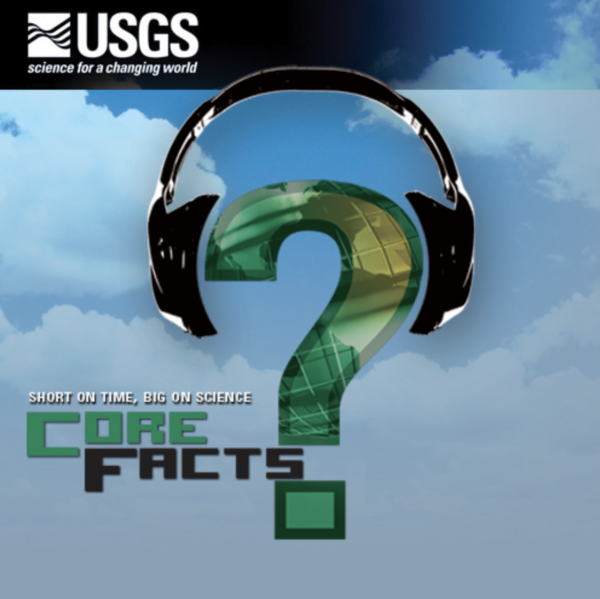Animated D-Claw simulation of a hypothetical landslide and lahar originating from the failure of a section of the Tahoma Glacier headwall at Mt. Rainier, WA. Colors represent flow depth.
Animated D-Claw simulation of a hypothetical landslide and lahar originating from the failure of a section of the Tahoma Glacier headwall at Mt. Rainier, WA. Colors represent flow depth.Animated D-Claw simulation of a hypothetical landslide and lahar originating from the failure of a section of the Tahoma Glacier headwall at Mt. Rainier, WA. This .gif is uploaded to Drupal to support Volcano modeling feature story in support of the September’s theme of hazard resilient communities.
























